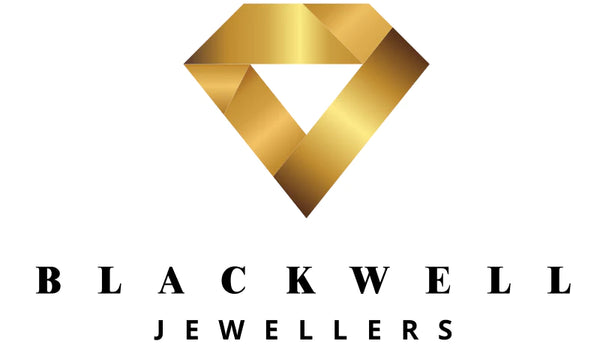For decades, buying a diamond meant one thing — a mined stone pulled from the earth. But in recent years, that’s changed. Thanks to innovation and technology, lab-grown diamonds have become one of the biggest shifts the jewellery world has ever seen.
Today, couples across the UK are asking the same question: if lab-grown diamonds look the same, test the same, and sparkle the same — why are mined diamonds so much more expensive?
It’s a fair question. Because the truth is, both are real diamonds, with the same chemical and optical structure. The difference isn’t what they’re made of — it’s where they come from, how they’re valued, and what they represent.
In this guide, we’ll break down the real differences between lab-grown and mined diamonds, looking at cost, sustainability, emotional value, and long-term worth. Whether you’re engagement ring shopping or simply curious about the future of fine jewellery, this will help you understand exactly which diamond gives the best value for you.

Caption: “Two origins. One sparkle. But which offers better value?”
What Are Lab-Grown Diamonds?
Let’s clear up one thing straight away — lab-grown diamonds are real diamonds. They’re not imitations, not cubic zirconia, and not “fakes.” Chemically, physically, and optically, they’re identical to mined diamonds. The only difference is how they’re made.
A lab-grown diamond is created in a controlled environment that replicates the same natural conditions that form diamonds underground — intense heat and pressure. There are two main methods:
-
HPHT (High Pressure, High Temperature) – This recreates the exact natural process that occurs deep within the earth, compressing carbon under extreme pressure and heat until it crystallises into a diamond.
-
CVD (Chemical Vapour Deposition) – This uses a diamond seed and grows layers of carbon atoms on top of it, slowly forming a pure diamond crystal over several weeks.
The result? A diamond that’s optically identical to one formed over billions of years beneath the earth’s crust — but created in a fraction of the time and at a fraction of the cost.
Each lab-grown diamond is certified by the same independent grading laboratories (like IGI or GIA) that assess mined stones, using the same 4Cs — cut, colour, clarity, and carat.
The biggest advantage for many buyers is value. Because lab-grown diamonds don’t involve mining, logistics, or middlemen, they typically cost 40–60% less than a comparable mined diamond — without sacrificing quality or sparkle.
That price difference means you can often choose a larger or higher-quality stone for the same budget. And for many couples, that’s a big deal — it makes dream rings more affordable than ever.
At Blackwell Jewellers, our lab-grown diamonds are hand-selected for brilliance and balance, ensuring every one meets the same high standards we apply to our natural stones.

“Created with science — identical in beauty, structure, and sparkle.”
What Makes a Mined Diamond Different?
A mined diamond is the result of a natural process that began billions of years ago — long before humans ever existed. Formed deep within the earth under immense heat and pressure, these diamonds are pushed towards the surface by volcanic activity, where they are eventually discovered, mined, and cut.
That geological journey is what gives mined diamonds their allure. Each one is a natural miracle of time and pressure, created entirely by nature and shaped by human hands. It’s that combination of rarity and history that has made natural diamonds a symbol of status, love, and permanence for generations.
From a technical perspective, a mined diamond and a lab-grown diamond are virtually identical. Both are pure carbon, both have the same atomic structure, and both can achieve exceptional brilliance. The main differences come down to origin, rarity, and perception.
Mined diamonds are finite — the earth can’t produce more. As resources become harder to extract, their long-term scarcity helps maintain their perceived and resale value. Some buyers see them as heirlooms or investments — something to pass down, holding both sentimental and market worth.
For others, it’s about emotion. There’s something undeniably romantic about owning a stone formed by the planet itself over billions of years — a piece of earth’s history captured in crystal form.
That said, it’s important to note that not all mined diamonds are equal. Responsible sourcing and ethical certification (like Kimberley Process compliance) are essential to ensure the diamond’s journey from mine to market is conflict-free.
At Blackwell Jewellers, we hand-select every mined diamond for brilliance, cut, and integrity — always choosing stones from trusted, ethical sources.

“Billions of years in the making — every mined diamond is a natural work of art.”
The Value Question — Which Is the Better Buy?
When comparing lab-grown vs mined diamonds, one question comes up more than any other — which offers better value?
It’s a fair question, but the answer depends on how you define “value.”
If you’re looking purely at price, lab-grown diamonds are the clear winner. For the same budget, you can often buy a larger carat weight or higher clarity lab-grown diamond than a mined one. A 1-carat mined diamond, for example, might cost £5,000, while a visually identical lab-grown diamond could cost around £2,500. Both will sparkle identically — even under a jeweller’s loupe.
However, if you’re thinking about long-term resale or collectability, mined diamonds tend to hold their value better. Because they’re naturally limited in supply, they carry a level of rarity that lab-grown diamonds can’t replicate. As technology improves and production increases, lab-grown prices have continued to fall — making them great for affordability, but less predictable for resale.
In truth, the “better value” depends on what matters most to you.
-
If you value science, sustainability, and getting more sparkle for your budget, lab-grown is the smart choice.
-
If you value heritage, scarcity, and long-term investment potential, mined may still feel more meaningful.
At Blackwell Jewellers, we help our clients explore both options honestly. We don’t push one over the other — we help you understand which aligns with your values, your budget, and your story.
Whichever you choose, both types of diamond can be stunning, high-quality, and timeless when chosen well. The key is buying from someone who understands the difference — and cares about your outcome, not just the sale.

“Identical sparkle — different origins, different price points.”
Ethics, Sustainability & Transparency
For many modern buyers, choosing between lab-grown and mined diamonds isn’t just about price or sparkle — it’s about principles. People want to know where their diamond came from, how it was sourced, and what impact it had along the way.
That’s where ethics and sustainability play such an important role.
Historically, the diamond mining industry has faced scrutiny for issues like environmental damage and unfair labour practices. Although regulations such as the Kimberley Process have made enormous improvements in preventing conflict diamonds, mining still comes with challenges — from carbon emissions to habitat disruption.
Lab-grown diamonds, on the other hand, offer a more sustainable alternative. Because they’re created in controlled environments, they require no mining, no land disruption, and no large-scale extraction. Their carbon footprint can be significantly smaller, especially when the process uses renewable energy sources.
However, it’s important to stay realistic — “lab-grown” doesn’t automatically mean “ethical.” The sustainability of a lab-grown diamond depends on how and where it’s produced. That’s why transparency matters more than ever. Buyers should always look for traceable certification and responsible producers.
At Blackwell Jewellers, we take ethics seriously. Whether you choose a mined or lab-grown diamond, we ensure it’s sourced responsibly and graded independently by trusted laboratories such as GIA or IGI. Every diamond we sell — natural or man-made — comes with full transparency about its origin, grading, and value.
Ultimately, an ethical purchase isn’t about choosing one type of diamond over another — it’s about making an informed choice with a jeweller you trust.

“True beauty begins with transparency — every diamond, responsibly sourced and certified.”
How to Choose the Right Diamond for You
Whether you’re buying an engagement ring or simply investing in something timeless, the best diamond isn’t always the most expensive — it’s the one that feels right for you.
Choosing between lab-grown and mined diamonds comes down to your personal values, lifestyle, and priorities. Here’s how to decide with confidence:
💰 Budget & Value
If you want the biggest, brightest stone your money can buy, lab-grown diamonds offer unbeatable value. You can often go up a full carat or improve clarity and colour without stretching your budget.
💎 Sentiment & Legacy
If you love the idea of owning something formed naturally over billions of years, a mined diamond carries a romantic and historical charm. Many people see it as a keepsake — something to treasure and pass down through generations.
🌱 Ethics & Sustainability
If environmental impact or responsible sourcing is important to you, lab-grown diamonds may align more closely with your values — especially when produced using renewable energy and certified by transparent suppliers.
🪞 Personal Meaning
Ultimately, the diamond you choose should reflect you. Whether that means a perfectly cut lab-grown stone or a natural gem with billions of years of history, what matters most is what it represents.
At Blackwell Jewellers, we take time to help every customer understand the difference, compare stones side by side, and make a confident, informed decision. No pressure — just honest expertise from jewellers who genuinely care about your story.

“The best diamond isn’t just the brightest — it’s the one that feels right for you.”



